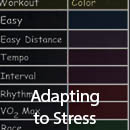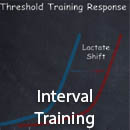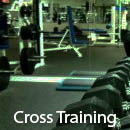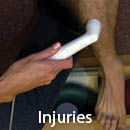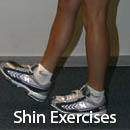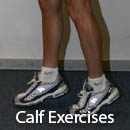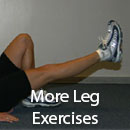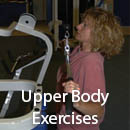Race Walking Training
Injuries, Treatments & Nutrition
COMMON TREATMENTS
RICE
Your front line treatment is a simple one. Follow the traditional RICE (Rest, Ice, Compression, Elevation) method. The first step in RICE is to stop the activity that caused the injury and rest.
Apply ice for several reasons. A great pain killer, ice reduces swelling by reducing blood flow to the injured area; it also slows the release of other chemicals that retard the healing process. The best way to apply ice is with an ice bath. When ice is added to water, the water turns the temperature of the ice. Water, being more malleable, makes better contact with the body and therefore delivers a better chill (as if the ice weren’t cold enough). Most of us do not have a readily available ice bath or are unwilling to create one out of a household tub. The next best treatment calls for using large, soft ice packs or crushed bags of ice. They sculpt to the body easier than a bag of ice cubes. If you can’t find them, use a large plastic bag filled with ice and water. For sensitive skin, place a paper towel between the ice and your body.
A complete ice treatment consists of applying ice for twenty minutes, removing it for twenty minutes, and finally, applying it again for an additional twenty minutes. Repeating this sequence a couple of times a day works best. When training resumes, ice treatments remain especially important to prevent the return of swelling and pain after exercise. Do not delay applying ice to an injury by standing around talking to your training partner.
Be aware of aliments like arthritis, where applying ice may be contraindicated. Please consult your doctor before trying this treatment on any new injury for the first time.
A second method used to reduce swelling involves taking anti-inflammatories such as ibuprofen, aspirin, or naproxen. Some athletes think they need to act macho and suffer through the pain of an injury. However, ignoring pain is self-defeating. Pain slows the healing process and forces the body to compensate for the injury. Pain killers, when combined with rest, actually may speed the healing process. Still, you must use caution and common sense. Each person’s sensitivity to anti-inflammatories differs, and using a lot of this medication can irritate the stomach. Again, please consult your doctor before using this therapeutic approach.

Be careful when using pain killers, as they can mask the severity of an injury. Athletes often decide to go back to training too soon after an injury, misinterpreting the lack of pain as a cure. Do not walk while you are taking pain killers. The additional stress compounds the injury.
![]()
For minor injuries, sometimes the injured body part requires compression or immobilization. Ace wraps and taping are two of the best approaches to limit motion, add support, and allow resumption of function with limited risk of further injury. For more extreme cases, full immobilization is required in the form of a cast or non-weight bearing crutches.
Elevation always helps, but you must keep the injured body part to at least the level of your heart. This prevents fluids from running downhill and causing swelling. Sometimes this means full body rest.










